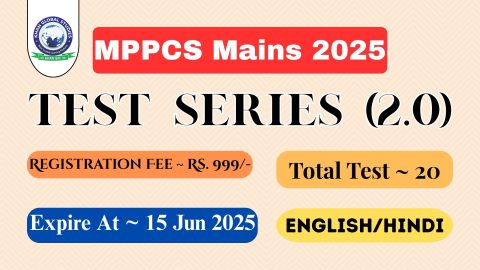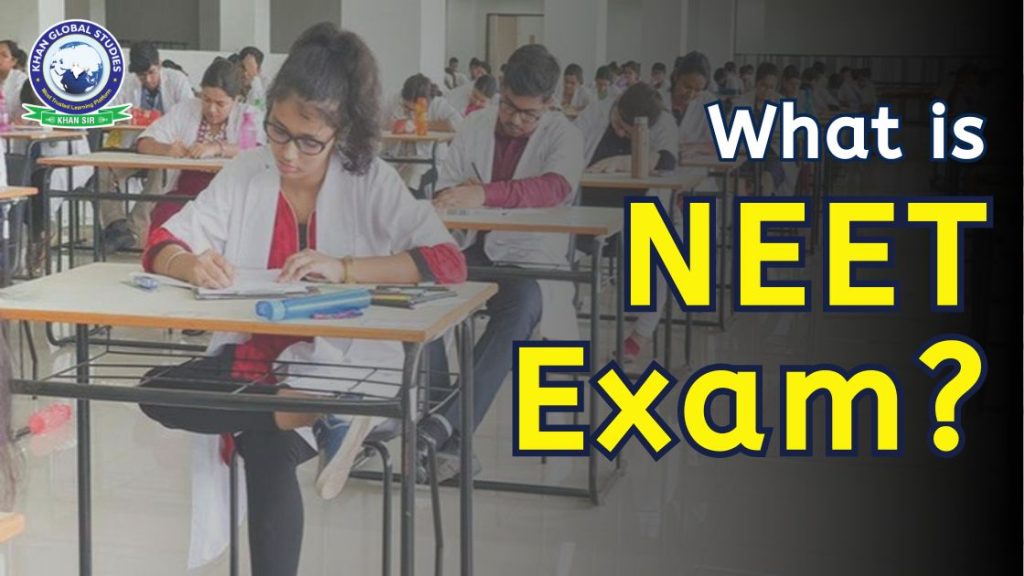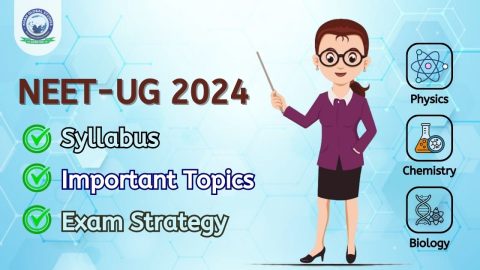National Eligibility Entrance Test (Undergraduate) or NEET (UG), formerly All India Pre-Medical Test (AIPMT), is an all-India pre-medical entrance examination for students who wish to pursue undergraduate medical (MBBS), Dental (BDS) want and AYUSH (BAMS, BUMS, BHMS, etc.) courses in government and private institutions in India and also for those wishing to acquire first aid qualifications abroad.
The examination is conducted by the National Testing Agency (NTA), which provides the results to the Directorate General of Health Services under the Ministry of Health and Family Welfare and state counseling authorities for seat allotment.
Why was the NEET Exam started?
NTA NEET exam is mainly conducted to fill seats in medical and dental colleges in the top medical colleges of India. Total MBBS and BDS seats available in colleges across India are category-wise, college type – Government, Private, Central etc.
The primary objective of the NEET exam is to streamline the admission process into MBBS and BDS courses. Therefore, the NEET examination was introduced to replace several medical examinations existing across the country including AIPMT, JIPMER (All India Pre-Medical Test), and National Eligibility cum Entrance Test conducted by CBSE and the Medical Council of India (MCI). Earlier, medical students had to fill out separate forms for different medical entrance exams in India.
History of Neet Exam
National Eligibility cum Entrance Test (NEET), this examination was proposed to be conducted for the first time from the year 2012. However, due to various reasons, it was postponed by one year by CBSE and the Medical Council of India. NEET examination was conducted for the first time in the country on 5 May 2013 for candidates seeking admission to both undergraduate and postgraduate medical programmes. This was the first medical examination in which more than 10 lakh students had registered. On 18 July 2013, the Supreme Court ruled in support of 115 petitions that cancelled the NEET examination and declared that MCI cannot interfere in the admission process followed by colleges.
Several states, including Andhra Pradesh, Karnataka, Gujarat, West Bengal and Tamil Nadu, strongly rejected the exam, saying the syllabus had been drastically changed. Therefore, the NEET examination was declared unconstitutional by the Supreme Court of India in the year 2012. However, this was overturned on April 11, 2016.
NEET Exam Overview
The NEET description tells a lot about the exam, pattern of paper, language, duration, question types, marking scheme etc. So candidates should check the table given below.
| Exam Pattern Facts | Description |
| Exam Name | NEET (National Eligibility cum Entrance Test) |
| Mode of Exam | offline |
| Time Duration | 3 Hours |
| Medium of Language | English, Hindi, Assamese, Bengali, Gujarati, Marathi, Tamil, Telugu, Oriya, Kannada and Urdu |
| Exam Type | Objective (MCQs) |
| No. of Questions | 180 Questions |
| Exam Sections | Physics: (180 Marks) Chemistry: (180 Marks) Biology (Botany & Zoology): (360 Marks) |
| Maximum Marks | 720 Marks |
| Marking Scheme | For Each Right Answer: 4 MarksFor Each Wrong Answer: -1 Marks |
NEET Exam Pattern
| Subject | Section | Questions | Maximum Marks |
| Physics | A | 35 | 140 |
| B | 10 | 40 | |
| Chemistry | A | 35 | 140 |
| B | 10 | 40 | |
| Botany | A | 35 | 140 |
| B | 10 | 40 | |
| Zoology | A | 35 | 140 |
| B | 10 | 40 | |
| Total | 180 | 720 | |
NEET Eligibility Criteria by NTA
According to the officials, there are certain mandatory criteria that a candidate must fulfil to become eligible to participate in the NEET Exam. Let’s find out what those parameters are:
- The candidate should be a citizen of India.
- The candidate must be at least 17 years of age as of 31 December 2024.
- Candidate must have passed 12th with at least 50% marks in aggregate with subjects like Physics, Chemistry, Biology/Biotechnology and English with 50% marks in each subject separately.
- A slight advantage has been given to SC/ST/OBC category candidates. For them, the minimum required marks obtained in Physics, Chemistry and Biology/Biotechnology in the HSC examination have been kept at 40%.
- Since the decision on the upper age limit is pending in the Supreme Court, all candidates have been provisionally allowed to appear for the examination.
Tips to Prepare for the NEET Exam
Here are some tips for better preparation:
- Understand the NEET syllabus and pattern
- Make a study plan and stick to it
- Solve as many MCQs as possible
- Practice previous year’s question papers
- Focus on weak areas
- With proper preparation and dedication, any student can crack NEET and fulfil his dream of becoming a doctor.
National Eligibility cum Entrance Test (NEET) is a national-level medical entrance exam in India. It is administered by the Central Board of Secondary Education (CBSE). NEET-UG replaces the All India Pre-Medical Test (AIPMT) and all other state-level medical entrance exams for admission to undergraduate MBBS/BDS courses in government or private medical colleges in India. This post provides information about the eligibility criteria, examination pattern and syllabus for NEET.
FAQs
Question: What is the full form of NEET?
Answer: National Eligibility cum Entrance Test is briefly called NEET.
Question: Who conducts NEET?
Answer: National Testing Agency (NTA) is the competent body to conduct the National Eligibility cum Entrance Test.
Question: Who started NEET in India and why?
Answer: The Ministry of Health and Family Welfare (MoHFW) launched a single entrance examination called the National Eligibility cum Entrance Test (NEET) for better medical and dental education in India.
Question: How many attempts for NEET?
Answer: Candidates can take the NEET exam as many times as they wish, provided they meet the eligibility criteria. There is no specific limit on the number of attempts for General, OBC, or SC/ST candidates.
Question: How many marks are required in NEET for MBBS?
Answer: The minimum marks required in NEET 2024 for MBBS admission are expected to be between 720-138 for the general category and 137-108 for reserved category candidates.






